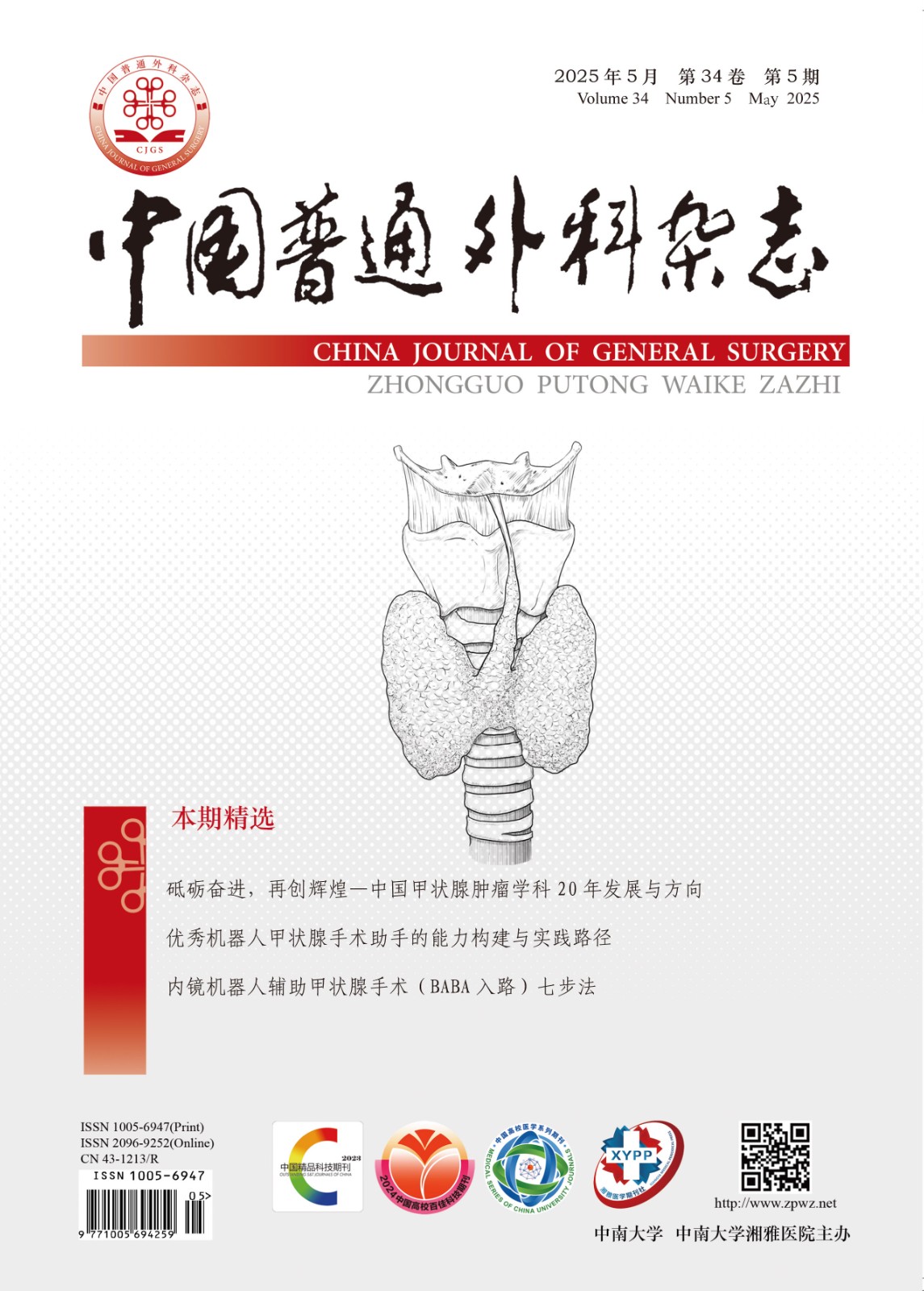Abstract:Objective: To seek the circulating miRNAs that can be used as sensitive biomarkers of breast cancer.
Methods: Firstly, the expression levels of six candidate miRNAs (miR-9, miR-335, miR-205, miR-10b, miR-125b, and miR-34a) in blood circulation of 80 breast cancer patients and 80 healthy control subjects were measured by qRT-PCR, to screen out the miRNAs that changed significantly. Then, in another population of 80 breast cancer patients and 80 healthy control subjects, the miRNAs that were screened out were verified, and their diagnostic accuracy for breast cancer were analyzed through the area under the curve (AUC) of receiver operating characteristics (ROC) curve, which were also compared with that of A15-3.
Results: Both screening and verification showed that the circulating level of miR-9 was increased while the circulating levels of miR-335 and miR-205 were decreased significantly in breast cancer patients compared with healthy controls (all P<0.05). The AUC of miR-9, miR-335 and miR-205 for diagnosis of breast cancer was 0.859 (95% CI=0.814–0.911), 0.920 (95% CI=0.885–0.959) and 0.899 (95% CI=0.861–0.939) respectively, and the AUC value of the combined detection of the three miRNAs (0.924, 95% CI=0.895–0.953) was significantly higher than that of CA15-3 (0.874, 95% CI=0.834–0.914) (P<0.05).
Conclusion: Circulating miR-9, miR-335 and miR-205 are sensitive biomarkers for breast cancer, and their combined detection may help improve the diagnostic accuracy of breast cancer.

